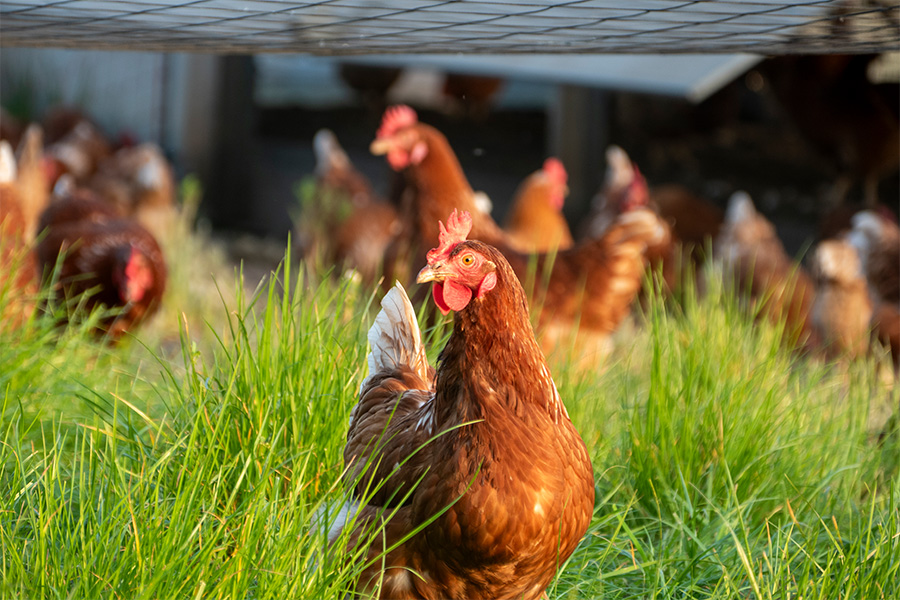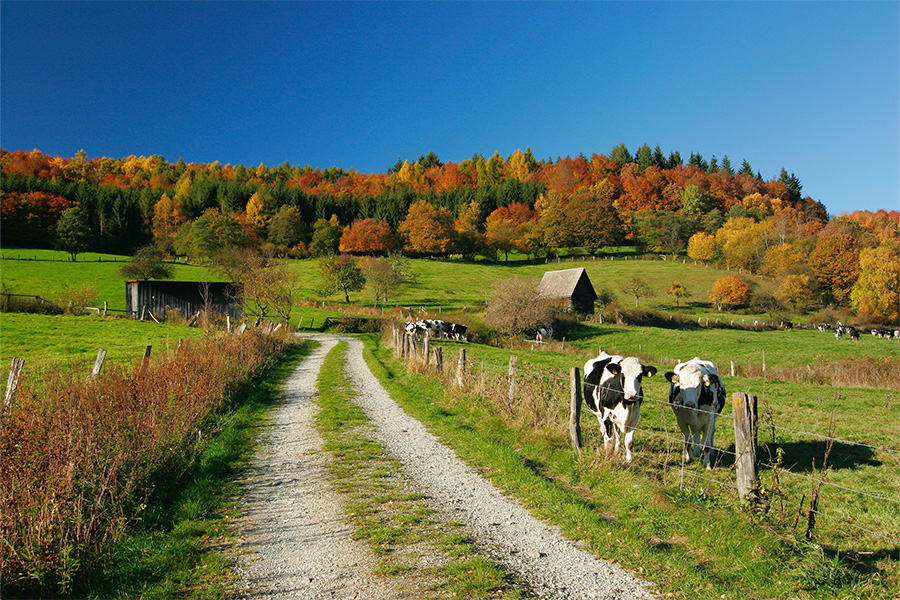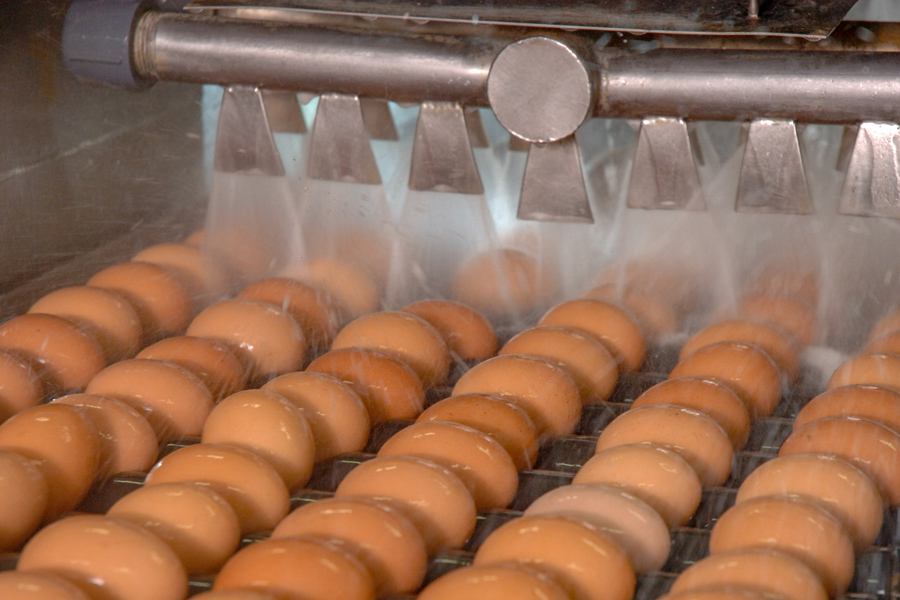Poultry Science
-

Biosecurity refers to procedures used to prevent the introduction and spread of disease-causing organisms in poultry flocks. Because of the concentration in size and location of poultry flocks in current commercial production operations and the inherent disease risks associated with this type of production, it is imperative that poultry producers practice daily biosecurity measures.
Dan L. Cunningham and Brian D. Fairchild
|
-

Experimental power determinations are very important to agriculture and other applied sciences. It is necessary to be able to detect
small differences when human and animal health or production profitability are in question. Yet textbooks on biostatistics for
agriculturalists generally barely introduce the subject of how to design an experiment to detect some important difference between
treatments. To come to meaningful conclusions, researchers need to know how to plan both plan and conduct experiments. Entirely different
questions may be asked of an experiment depending on who is to interpret the results. Developers may be most interested in showing
that their new product gives responses not statistically significantly different from some standard. Potential consumers, on the other
hand, should be more interested in demonstrating that expected responses from a new product are equal to the standardGene M. Pesti
|
-

Research on improving broiler housing is ongoing. Energy costs are becoming more significant to the grower’s bottom line and housing construction, equipment and operation will be paramount in helping to make sure the houses are operated as efficiently as possible. As technology and equipment is redesigned and developed, researchers will continue to examine how broiler housing can be heated, cooled, and built in such a way that modern broilers continue to reach their genetic potential using the most economical and efficient methods.
Brian D. Fairchild
|
-

Poultry litter is widely used on pastures and hayfields in Georgia. There are many benefits when it is used wisely. Producers should use nutrient management planning and recommended rates to ensure poultry litter is used in ways that maximize its benefits without harming the environment.
Julia W. Gaskin and Glendon H. Harris
|
-

Low-energy input systems that utilize microalgae and the natural biological process of photosynthesis can drive efficient wastewater treatment systems. This publication describes the use of microalgae in wastewater treatment.
Brian H Kiepper
|
-

The goal of this publication is to introduce the development of a more accurate measurement of water-use efficiency based on the bulk quantities of materials handled at each processing step at a poultry slaughter plant.
Brian H Kiepper
|
-

This publication is designed to give commercial egg processors the information they need to understand and effectively deal with the wastewater grit generated from the conveying, washing and grading of table eggs.
Casey W. Ritz and Brian H Kiepper
|
-

White striations in broiler breast meat tend to reduce customer confidence because severe white striping means that the cooked meat will be tougher than meat with low white striping. There is also higher fat content in meat with severe white striping. Consumers will not buy broiler breast meat with high fat and moderate to severe white striping because it is inferior in quality and nutritional value. This can cost the poultry industry significantly. Research has shown that this undesirable trait is particularly prevalent in broilers that have grown to a high body weight over a short period of time. Further research is needed to develop growing and feeding regimens to produce a heavier bird without changes in muscle quality, such as white striping.
Anand Mohan
|
-

Bin composting daily mortality can be a useful, cost-effective management tool when practiced correctly. However, it can be environmentally harmful if it is not managed and monitored properly. This publication shows the necessary steps to obtain a compost product from daily poultry mortality using a bin composting method.
Claudia Dunkley
|